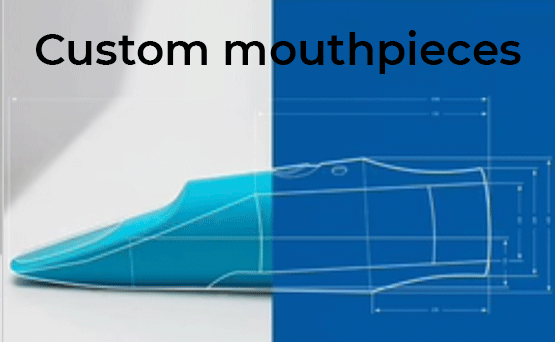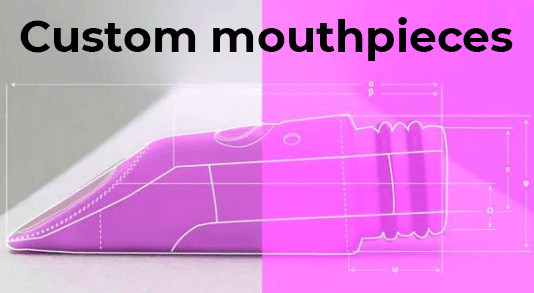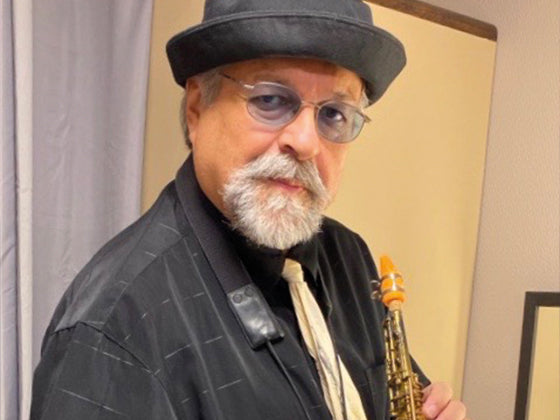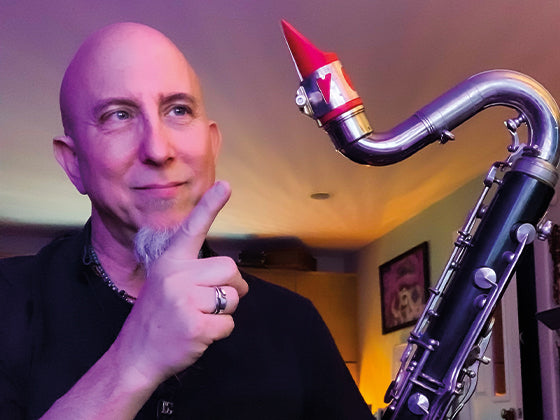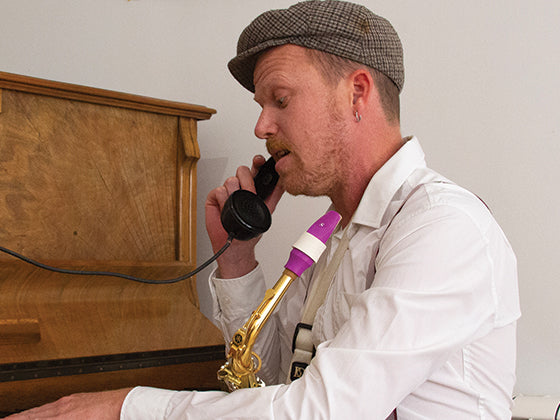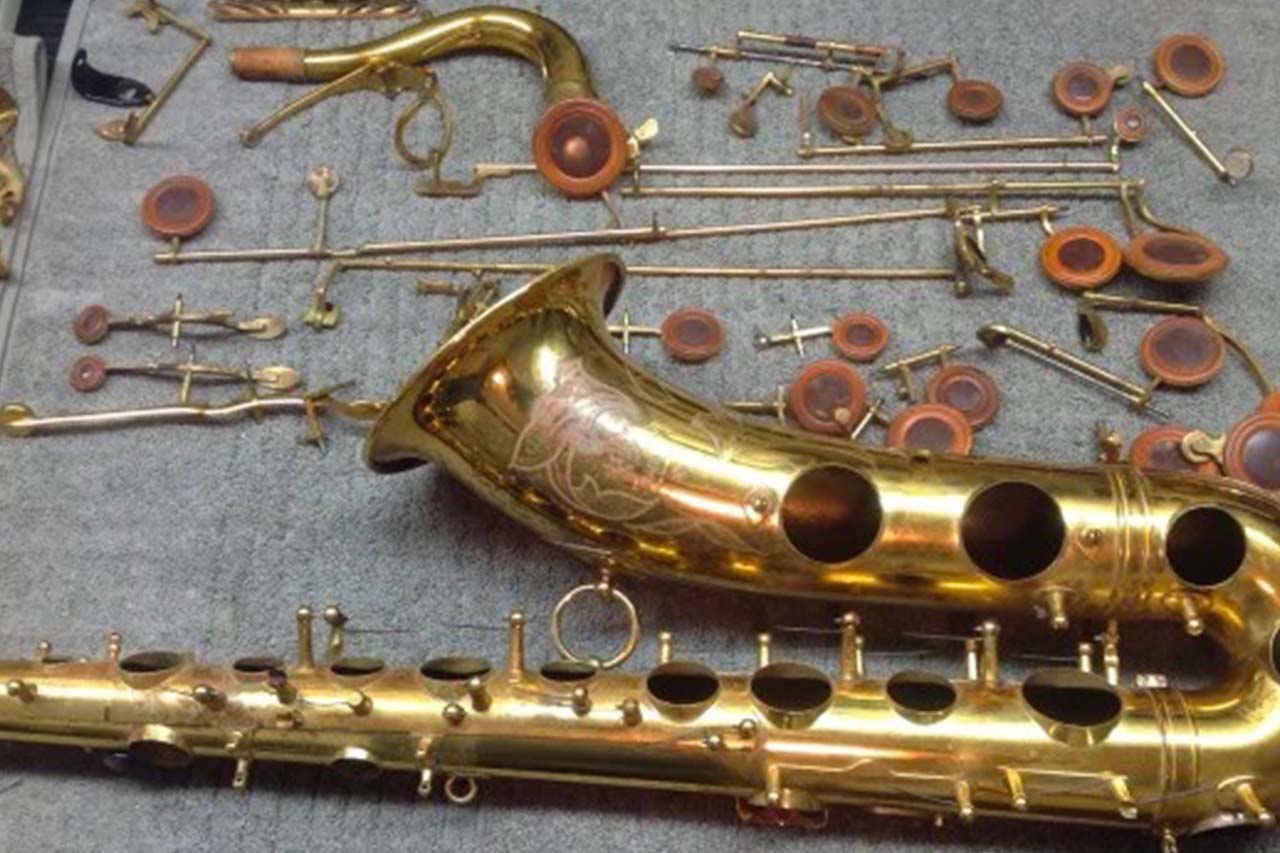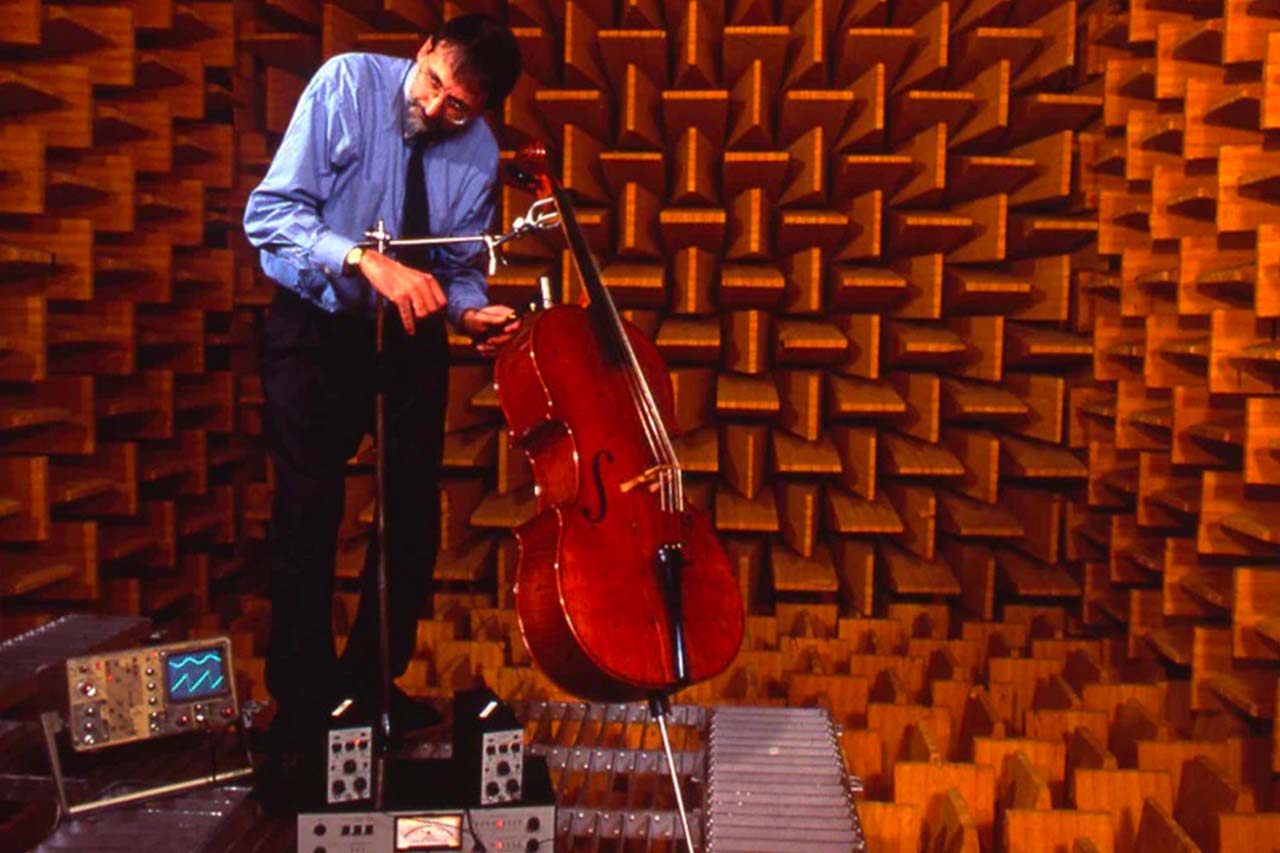We saw in the last article (What is the acoustic role of pad resonators?) that pad resonators have a measurable impact on saxophone acoustics. So it's now worth testing whether musicians perceive the difference.
Perceptual experiment
So I did a blind test with 13 saxophone players, using the four Yamaha alto saxophones previously described. Just a quick reminder:
- Saxophone 37: with plastic resonators
- Saxophone 38: with no resonators
- Saxophone 39: with plastic resonators
- Saxophone 40: with metal resonators

The four saxophones were presented, randomly ordered, on a table. The musicians were asked to play all the instruments for up to 15 minutes in order to familiarize themselves with the set. Then, for 10 minutes, the participants were asked to rate the brightness of the instruments, between 0 and 1. They were obliged to use the whole scale, so they had to rate the saxophone they found the least bright at 0 and the most bright at 1. Then, they had to follow the same process and rate the ease of play and the evenness (how similar the timbre is over the full range of the instrument) of the saxophones. They then had a 20-minute break, after which I randomized the saxophones, and the participants were asked to rate the saxophones again.

The figure presents the average of the two trials of ratings for the 13 participants. It is clear that saxophone 38, which is the one without pad resonators, is perceived as the least bright and least easy to play. It is also rated as the least even, but the difference with the other saxophones is less obvious for this criterion. The three other saxophones have quite similar ratings, so it appears that participants did not find any significant difference in brightness, ease of playing and evenness between saxophones with plastic or metal resonators.
Acoustic measurements
I also took some measurements of the pressure inside the musicians' mouth and at the bell, while they were playing the following arpeggio.


The purpose of these measurements was to characterize the effect of the pads on the musician's playing parameters and on the radiated sound. The pressure in the musician's mouth and the radiated pressure at the bell were measured while the nine notes were being played on the four saxophones. These recordings were taken three times in order to have a meaningful average.

We found that two characteristics were significantly impacted by the type of pads :
-
The Harmonic Spectral Centroid (HSC) which is the "center of mass" of the sound spectrum. Perceptually, a high HSC is closely linked to a bright sound.
-
The Efficiency (E) which is the ratio between the average pressure at the bell and the mean mouth pressure.

By looking note by note at the Harmonic Spectral Centroid, we can see that the difference between the saxophone without pad resonators and the others can be most prominently heard in the low register (Bb3, D4 and F4). In that register, the saxophone without pad resonators has a lower HSC than the saxophone with resonators (pads with metal or plastic resonators give essentially the same results). That correlates with a less bright (darker) sound as rated by the musicians. For the higher register (Bb5, D6 and F6), the type of pads does not seem to have an impact on the radiated sound, which has almost the same spectral content for all the saxophones.

We would intuitively expect the efficiency of saxophone 38 to be more different to the saxophones with pad resonators for fingerings involving a lot of closed toneholes (like Bb3 or D4) and much closer for fingerings with a lot of open holes (Bb4, D6 or F6). In the Figure above, the efficiency of saxophone 38 for Bb3 is indeed much lower than for the other saxophones. Nevertheless, the difference is quite constant over all the played notes. The efficiency is in fact calculated with an average pressure level over the whole frequency range, measured at the bell of the saxophone. This measurement at the bell is less representative of the overall radiated sound as more and more side holes are opened, since significant energy radiates from the side holes.
Conclusion
In conlusion, saxophones without resonators are less efficient than saxophones with metal or plastic resonators. This coincides with the perceptual study where the musicians rated the saxophone without pad resonators as the least easy to play. It is also consistent with the impedance measurements, where the impedance peak amplitudes were lower for the saxophone without pad resonators. However the results show that the material of the resonators has no impact on the musicians' perception of the sound. This result is also consistent with the impedance measurements.
This study was done at the McGill University. Many thanks to all the saxophonists who participated in the experiment, and to Yamaha for providing the four saxophones used in the measurements. You can download the scientific article on this study here :

